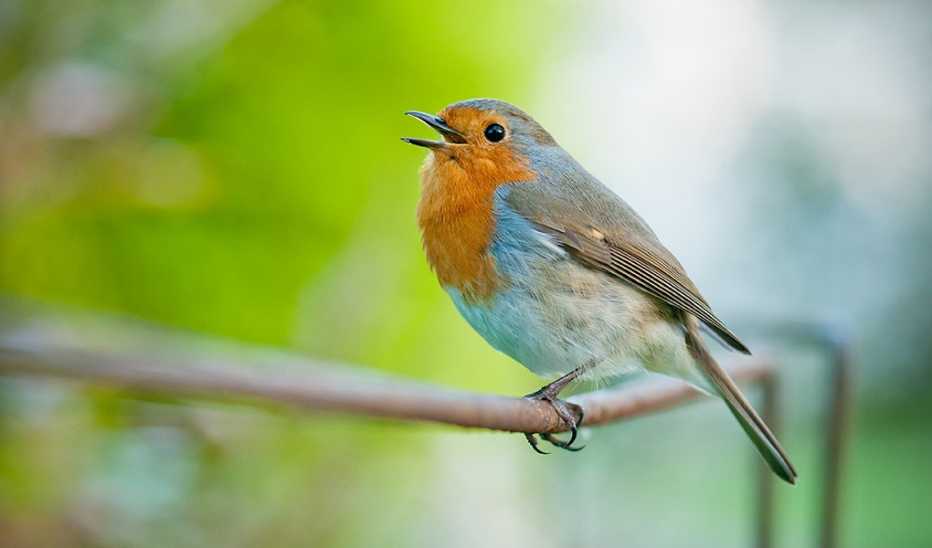Challenges


Quick Win
Learn to identify different species and the various calls they make. It can help give your brain a workout and reduce anxiety.
Try This Today
- Listen. When outside, tune in to bird sounds. Do you notice any distinctive pitches or patterns?
- Enlist a guide. Find a birdsong identification guide, such as the Audubon Society’s online guide or app. Use it to help recognize common feathered friends in your yard or local park.
- Notice patterns. Listen to the clicks, shrieks, whistles and tweets in every birdsong. Pay attention to the number of notes in one bird’s call, and try to invent a mnemonic phrase for each note in the tune. For example, the barred owl hoots, Who cooks for you?
- Jot it down. Make a list of sounds you identify, and the mnemonic devices you create. The next time you’re outside, see if you can identify different birdsongs by the patterns, notes and words you wrote down.
Why
You don’t need to be a trained musician or bird expert to identify the songs carried on the breezes. Train your ear by paying attention to basic pitches and patterns and identifying which birds live in or pass through your neighborhood. Your brain is very active when you listen to birdsongs, as shown in one unusual study among eight adults ages 30 to 47 who had electrodes on their brains for epilepsy treatment. When they listened to music, their brains simultaneously followed the pitch changes and tried to predict which notes would come next based on prior knowledge. The finding, published in Science Advances in 2024 may help researchers explore why music benefits the brain, Narayan Sankaran, a cognitive neuroscientist at the University of California, San Francisco, who led the work, said in a UCSF report. Potential bonus: Among 295 adults averaging in their late 20s, those who listened to birdsong for six minutes reported feeling less anxious and paranoid afterward compared with those who listened to traffic noise, according to a report published in Scientific Reports in 2022.










More From Staying Sharp
3 Steps to Stop Doom Scrolling
Follow some positive social media accounts instead
How the Gut Microbiome Affects the Brain
Learn how your gut microbiome impacts brain health and what you can do about it
Drink Water With a Special Glass
Associating a specific container with water may help you remember to drink